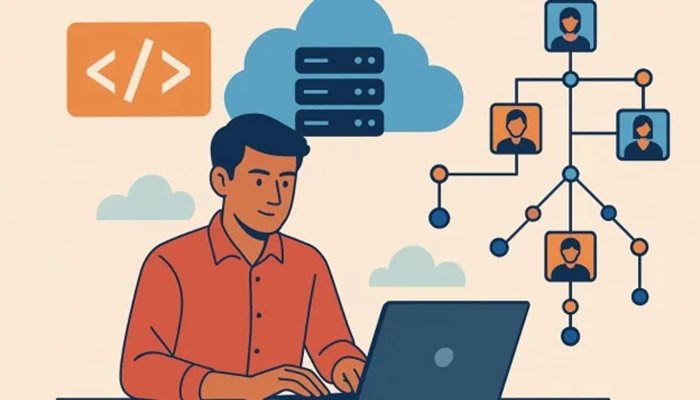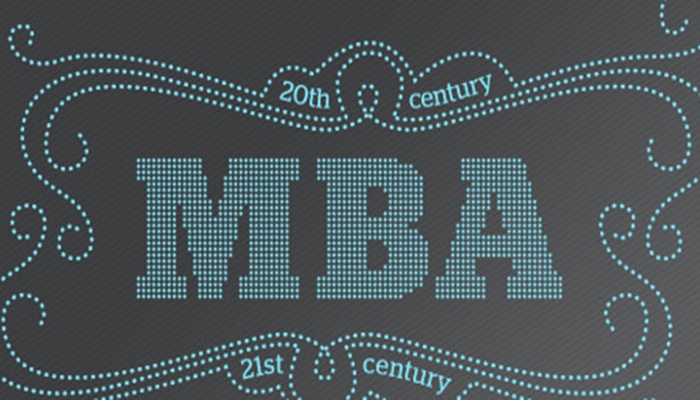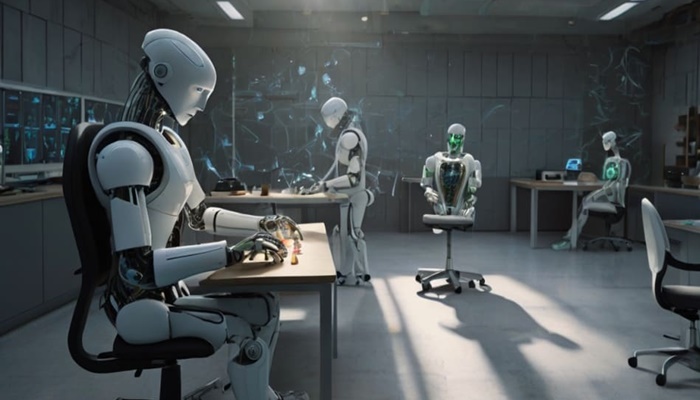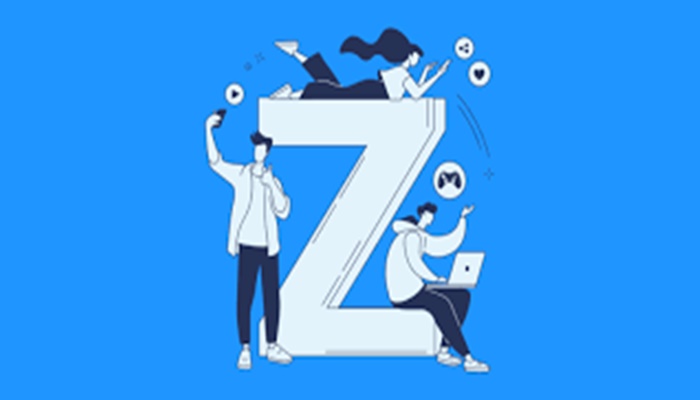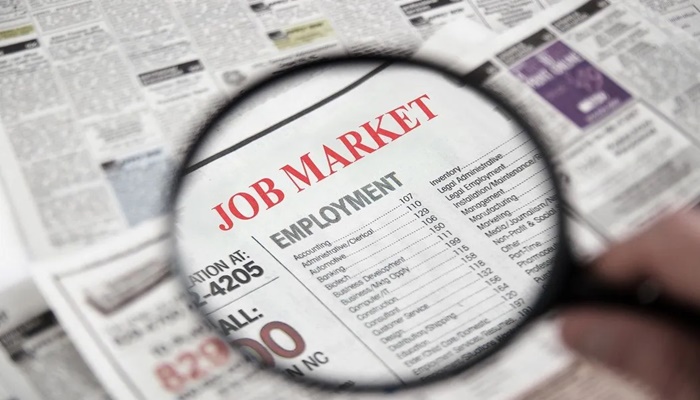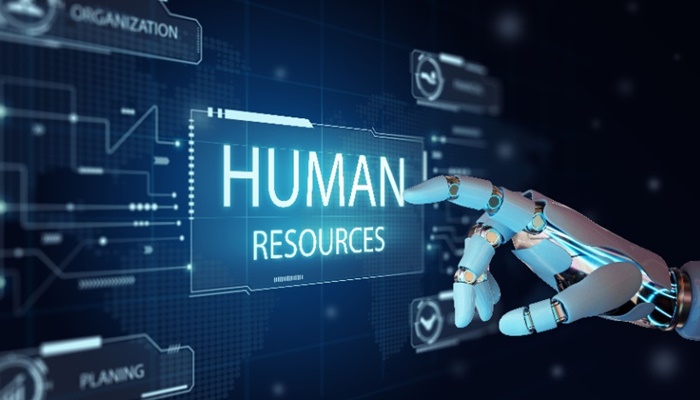In most organizations, the term “employee experience” is misunderstood, often reduced to perks, policies or engagement scores. But at its core, the employee experience is the sum of all touchpoints an employee has with their workplace—from their first click on the careers page to their last day on the job, and everything in between.
Traditionally, HR has served as the front door to the employee experience. But let’s be honest: The perception of HR isn’t always great. It’s often seen as a control function or the place to contact when there’s an issue. For many employees, HR is synonymous with investigations, terminations, compliance training and policy enforcement, not interactions like onboarding or career development—which are increasingly handled by tech tools like self-service systems. So while good outcomes are automated, the difficult ones still wear the HR badge.
How can HR’s role as the organization’s front door become something smarter, faster and more efficient?
Enter HR Agents As The New First Impression
Imagine a world where HR-related questions like “How do I apply for internal roles?,” “What’s my remaining PTO?” or “What’s the policy on parental leave?” are instantly answered by a highly intelligent, AI-powered agent. This isn’t a static chatbot with scripted responses. It’s a dynamic, automated assistant trained on your company’s specific policies, tone and processes. Well, this world already exists.
AI agents are redefining engagement with HR by serving as the always-available, consistent face of the function. They provide employees with immediate answers to everyday questions, guide them through tasks or direct them to the right person at the right time when human support is needed. As a result, they present a unique opportunity to rebrand HR as a department that’s responsive, helpful and easy to engage with.
A Branding Opportunity Hiding In Plain Sight
For years, HR has battled a branding problem. Even the most progressive HR teams have been burdened by legacy perceptions of being gatekeepers, enforcers or bureaucrats. The rise of HR agents presents a unique opportunity to rebrand HR not as reactive or restrictive, but as responsive, helpful and easy to engage with.
By meeting employees where they are—like Slack, Teams, mobile apps, intranets, etc.— and delivering fast, context-aware support, agents ensure HR shows up as a service and a partner in the employee experience. This shift matters not just for convenience, but for trust. When employees feel supported in the moments that matter, like navigating leave, returning to work or seeking internal opportunities, they’re more likely to view HR teams as collaborators. And when those moments are seamless, the perception of the entire HR function shifts.
Designing The Experience Behind The Agent
In the world of AI, it doesn’t matter whether your company had a strong data strategy yesterday. That was the last game. Today, the real differentiator is a renewed data strategy that powers your AI strategy and, just as importantly, your employee experience strategy via AI.
AI has democratized access to powerful tools for organizations of any size. So, what ultimately separates industry leaders from laggards is how intelligently and empathetically they apply this technology. However, most general-purpose LLMs are trained on broad internet-grade data, which can introduce risks when applied to employee-facing interactions. While the quality of response may be high in form, it’s average in substance and misaligned with your organization’s tone, policies or context.
That’s why the experiential layer must be curated with intention. High-quality internal data, refined workflows and thoughtful design decisions are critical to ensuring that AI agents reflect your culture, not just generic best practices.
Standing up an HR agent isn’t just about plugging in technology. The real work lies in curating the content, designing the workflows and defining the tone. To succeed in these efforts, cross-functional collaboration becomes critical. HR, IT, communications, legal and operations must come together to build an intentional experience that works. This includes components like:
• Personalized Interactions: Knowing who the employee is and where they are in their journey and tailoring the response accordingly
• Integrated Workflows: Connecting to common HR systems to enable action, not just answers
• Feedback Loops: Continuously learning from employee behavior to improve responses and evolve the experience
When designed properly, an HR agent becomes more than a tool. It serves as a reflection of your company’s culture and a scalable touchpoint for experience delivery.
From Gatekeeper To Guide
This moment is a turning point. As AI reshapes how work gets done, HR has a choice. We can be the department that resists or the one that reimagines. Instead of letting others define our image, we can shape it ourselves by building experiences that are frictionless, responsive and grounded in intent. AI-powered agents can be a strategic lever that goes beyond automation to create a new experience where our function is seen as an enabler of experience, outcomes and trust.
The front door is open. It’s time to redefine what walking through it feels like.
